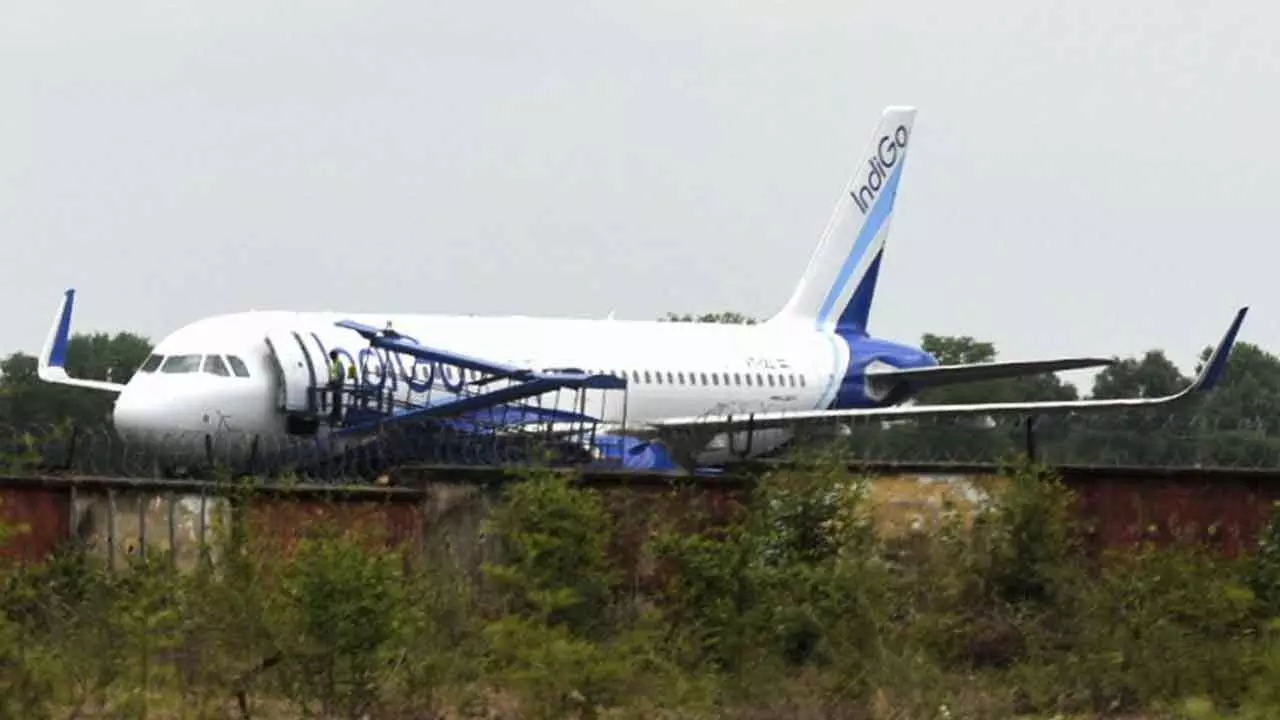Pilot's Call for Help: Understanding the "PAN-PAN" That Diverted Delhi-Goa IndiGo
Discover the meaning behind a pilot's "PAN-PAN" call, as an IndiGo flight from Delhi to Goa made an emergency landing in Mumbai. Learn the crucial difference between "PAN-PAN" and "Mayday" and what these aviation signals mean for passenger safety.
When Every Second Counts: Understanding the IndiGo Pilot's "PAN-PAN" Call Mid-Air

The skies above India witnessed a moment of heightened tension this week as an IndiGo pilot, en route from Delhi to Goa, uttered the cryptic yet crucial phrase "PAN-PAN, PAN-PAN, PAN-PAN" before swiftly diverting the flight to Mumbai. The declaration, signaling an urgent but not immediately life-threatening situation, initiated a chain of events that ensured the safety of all 191 passengers and crew aboard the Airbus A320neo.
The flight, 6E 6271, departed Delhi on Wednesday, July 16, 2025, with its destination set for Manohar International Airport in Goa. However, a technical snag involving engine number one forced the pilot to make the critical decision to land at Mumbai's Chhatrapati Shivaji Maharaj International Airport at 9:53 PM. While an anonymous official cited a "malfunction in engine number 1," IndiGo officially attributed the diversion to a "technical glitch."
An airline spokesperson confirmed the incident, stating, "A technical snag was detected on flight 6E 6271 while flying from Delhi to Manohar International Airport, Goa on 16 July 2025. Following procedures, the aircraft was diverted and landed in Chhatrapati Shivaji Maharaj International Airport, Mumbai." Thankfully, all individuals on board were reported safe, a testament to the pilot's quick thinking and adherence to safety protocols.
But what exactly does "PAN-PAN" signify in the high-stakes world of aviation, and how does it differ from the more widely recognized "Mayday" call?
Decoding the Distress Signals: PAN-PAN vs. Mayday
Both "PAN-PAN" and "Mayday" have their origins in the French word "Panne," meaning "breakdown" or "failure." However, their usage in aviation communications denotes vastly different levels of urgency and danger.
PAN-PAN: Urgent, Not Immediately Critical
"PAN-PAN," an acronym for "possible assistance needed," is a VHF radio signal used to communicate an urgent situation to air traffic control. It signifies a serious issue that requires priority attention but does not pose an imminent threat to the aircraft or its occupants. In such scenarios, the flight crew typically has time to troubleshoot the problem, often with guidance and support from air traffic control. The Delhi-Goa IndiGo incident perfectly illustrates a "PAN-PAN" situation – an engine issue requiring immediate attention but allowing for a controlled diversion.
Mayday: Life-Threatening Emergency
In stark contrast, a "Mayday" call indicates a state of extreme distress, where the pilot is facing a life-threatening situation demanding immediate and decisive action. Scenarios such as an inflight fire, complete loss of flight controls, or pilot incapacitation fall under the "Mayday" emergency. When a "Mayday" is declared, it signifies an imminent danger of catastrophe, prompting the highest level of emergency response from air traffic control and ground teams.
The distinction between these two calls is vital for air traffic controllers to prioritize resources and provide the appropriate level of assistance. While both are critical, the "PAN-PAN" allows for a more controlled and systematic response, as seen in the recent IndiGo flight diversion, ultimately ensuring the safe return of all on board.

